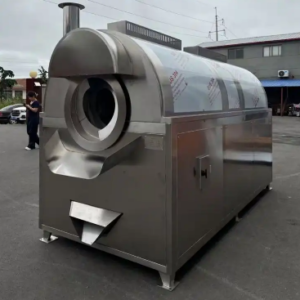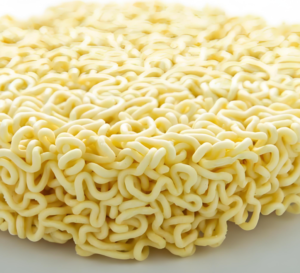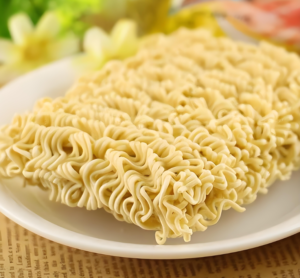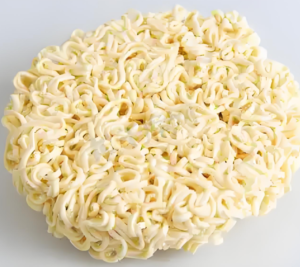nutrition rice making machine double screw extruder
ToggleProduction of Nutritious Rice: Techniques and Best Practices
Rice is a staple food for billions of people worldwide, but traditional milling processes often remove essential nutrients. To address malnutrition and improve dietary health, nutritious rice can be produced through fortification, biofortification, and optimized processing methods. This article outlines key steps in manufacturing rice with enhanced nutritional value.
1. Selection of High-Nutrient Rice Varieties
The foundation of nutritious rice production starts with selecting the right grains:
- Biofortified rice: Varieties bred for higher micronutrient content (e.g., Iron-rich rice, Zinc-rich rice, or Golden Rice with beta-carotene for Vitamin A).
- Whole grain (brown rice): Retains bran and germ, providing fiber, B vitamins, and antioxidants.
- Low-glycemic index (GI) rice: Such as black rice or red rice, which have slower carbohydrate digestion.
2. Pre-Processing and Parboiling (Optional)
Parboiling (soaking, steaming, and drying rice before milling) helps retain nutrients:
- Reduces nutrient loss: Water-soluble vitamins (B1, B3) migrate into the endosperm, preventing removal during milling.
- Improves texture: Results in firmer, less sticky grains.
3. Fortification Techniques
Fortification adds essential vitamins and minerals to rice:
A. Dusting Method
- Micronutrient powder (e.g., iron, folic acid, vitamin B12) is blended with rice kernels.
- Pros: Simple and cost-effective.
- Cons: Nutrients may rub off during washing or cooking.
B. Coating Method
- Rice is sprayed with a nutrient-rich coating (e.g., wax or edible film containing vitamins).
- Pros: Better nutrient retention than dusting.
- Cons: May alter taste or texture slightly.
C. Extrusion Technology (Most Effective)
- Rice flour is mixed with micronutrients, extruded into grain-like shapes, and blended with natural rice (typically 1:100 ratio).
- Pros: Resistant to washing and cooking losses.
- Cons: Requires specialized equipment.
4. Post-Harvest Handling & Storage
To preserve nutritional quality:
- Avoid excessive polishing: White rice loses up to 80% of B vitamins during milling.
- Proper drying: Reduce moisture to 12-14% to prevent mold and nutrient degradation.
- Airtight packaging: Use vacuum-sealed or nitrogen-flushed bags to prevent oxidation.
5. Quality Control & Testing
- Nutrient analysis: Verify levels of iron, zinc, vitamins (HPLC, spectrophotometry).
- Cooking tests: Ensure fortified rice behaves like normal rice (texture, taste, water absorption).
- Shelf-life studies: Monitor nutrient stability over time.
6. Consumer Education & Market Strategies
- Labeling: Highlight health benefits (e.g., “High in Iron & Vitamin B12”).
- Cooking instructions: Advise minimal rinsing to prevent nutrient loss.
- Public awareness campaigns: Promote benefits of fortified/biofortified rice.
Conclusion
Producing nutritious rice involves a combination of biofortification, fortification, and careful processing. By adopting these methods, manufacturers can contribute to global nutrition security while meeting consumer demand for healthier food options. Future advancements in genetically fortified rice (e.g., Golden Rice) and smart packaging will further enhance nutrient retention and accessibility.
Would you like additional details on specific fortification techniques or regulatory standards?








